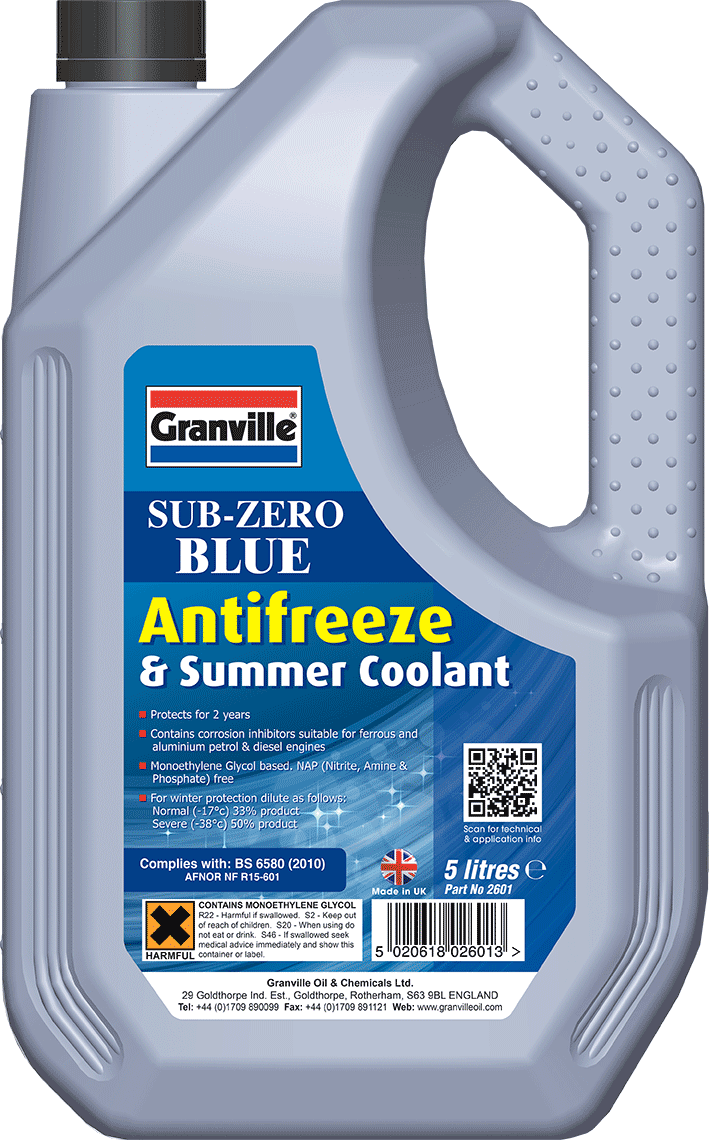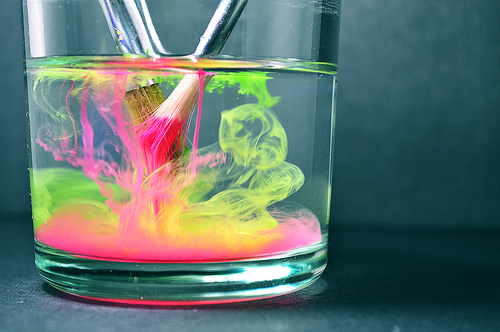- #granvilleoils #tradeshow #motortradeshow 1
- 0w/20 1
- A Bit Of Fun 3
- Abro 1
- Additive Packs 1
- Additive tanks 1
- Aftermarket 4
- Air Conditioning 4
- Animated Cars 1
- Antifreeze 9
- Article 2
- Auto Express 1
- Automatic Transmission 2
- Automechanika 7
- Automotive 35
- Autosol 3
- Autumn 2
- award 1
- Awards 2
- Baring 2
- blow moulding 1
- bottle 2
- bottles 1
- Brake Fluid 1
- Brakes 2
- Brand Focus 2
- Brands 1
- brochure 2
- business 1
- C3 2
- C4 1
- Capacity 1
- Car Wash 5
- carcare 2
- carcleaner 1
- carinterior 1
- Cars 5
- Catalogue 3
- Chemical 7
- chemical plant 1
- Cleaners 1
- Cleaning 10
- cockpit shine 1
- cockpitshine 1
- Cold Weather 4
- company 1
- company brochure 1
- Coolant 5
- Corporate 5
- cutting-edge 1
- design 4
- Dexos 1
- dubai 2
- dv5r 1
- eb2dt 1
- emergency puncture repair 1
- engine oil 3
- ep 1
- EV 1
- evolution 1
- exhibitions 2
- Facts 6
- Favourite Cars 1
- Flunkey 1
- Frankfurt 3
- FS 1
- fs pc 1
- fs rn 1
- Fuel 1
- Garden 1
- Gear Oil 3
- Germany 3
- Granville 10
- Granville bottles 1
- Granville brochure 1
- Granville catalogue 1
- Granville new tanks 1
- Granville Oil 42
- Granville Oil tanks 1
- Granville Oils 2
- Granville Oils Site 1
- Granville tank farm 1
- Granville tyre repair 1
- granvilleoil 4
- graphic 1
- Grease 2
- Gunk 1
- History 1
- homepage 1
- Hypalube 4
- identity 1
- ISO 14001 1
- James Bond 1
- James Holland 1
- logo 1
- Lubricant 18
- lubricants 2
- lubricating oils 1
- Machinery 2
- madeinuk 1
- Maintenance 20
- Manual Transmission 3
- manufacturing 1
- Mechanic 3
- mid saps 2
- motor 2
- Motor Factor 2
- Motor Oil 22
- motoring 3
- Motoring Problems 16
- mtf 1
- new engine oil 1
- new fully synthetic oil 1
- new Granville product 2
- new logo 1
- new packaging 1
- New Product 9
- new products 1
- NGLI 1
- Nova Car Care 3
- Nürburgring 1
- OEM 3
- oil 3
- packaging updates 1
- Paint 1
- Pets 1
- plastic 1
- PMF 1
- Polish 1
- Powertron Ultra 1
- premium oils 1
- product 2
- Product Feature 4
- Product Release 8
- production 1
- Products 3
- profinish 1
- puncture repair product 1
- Rain X 2
- Range 1
- rebrand 2
- rebranding 1
- recruitment 1
- refresh 1
- RN17 FE 1
- Screen Wash 1
- Screenwash 1
- September 2
- Show 1
- Sintron 1
- smartphone 1
- Spring 1
- staff 1
- stop start 1
- Summer 2
- tank farm 1
- tanks 1
- team 1
- Technical 22
- technolube 1
- Trade Show 5
- transmission 1
- Transmission Fluid 6
- Turtle Wax 4
- TV Cars 1
- tyre aid 1
- Tyre Safety 1
- Universal 1
- upgrade 1
- Valeting 9
- Veedol 10
- Veedol OEM 1
- Ventilation 1
- Wax 1
- website 2
- Windscreen 3
- Winter 3
- workmilestone 1
- 2024
- Dec 2
- Oct 2
- Sep 2
- Jun 3
- May 2
- Apr 6
- Jan 1
- 2023
- Dec 1
- Sep 1
- Jul 2
- Mar 4
- 2022
- Nov 2
- Oct 1
- Sep 1
- Aug 1
- Apr 1
- Feb 1
- Jan 1
- 2021
- Nov 1
- Aug 1
- Apr 1
- Mar 1
- Feb 1
- 2020
- Sep 2
- Jun 1
- May 1
- Mar 1
- Jan 1
- 2019
- Oct 1
- Sep 2
- Jun 1
- May 1
- Apr 1
- Mar 2
- Feb 2
- 2018
- Dec 1
- Sep 2
- Aug 1
- Jul 1
- May 1
- Apr 1
- Mar 1
- Feb 1
- Jan 1
- 2017
- Jul 2
- Jun 2
- Feb 2
- Jan 2
- 2016
- Dec 2
- Nov 2
- Jul 4
- Jun 5
- May 3
- Mar 2
- Feb 3
- Jan 2
- 2015
- Nov 1
- Oct 3
- Sep 1
- Aug 2
- Jul 4
Antifreeze and Coolant 101
Antifreeze and coolant. They cause quite a bit of confusion for motorists who aren't in the know. In fact it's one of the most frequently asked topics put to the Tech Team here at Granville HQ. And it's no wonder that it causes people to scratch their heads over it because they are essentially the same product - just with different functions.

Call it coolant and you're referring to, you guessed it, the stuff that keeps your engine cool and operating at the correct temperature. When you think about it, your engine is basically powered by a series of controlled explosion so it's bound to get hot under that hood!
Now, technically speaking, coolant can be just plain water but this alone wouldn't protect against extremes of temperature or corrosion. Add Antifreeze to this water and you solve this issue, protecting against corrosion, aiding heat transfer, preventing scale build up, and raising the boiling point and lowering the freezing point of the liquid.
Generally speaking the ratio to make coolant is 50:50 Antifreeze to water but you must check your User Manual for the specific dilution for your vehicle.
There are two main types of Antifreeze for non-commercial vehicles and are categorized based on the types of corrosion inhibitors have been added to it:
Inorganic Additive Technology (IAT)
This is the traditional formula of Antifreeze based on inorganic additives such as silicates or phosphates to make it safe to use on ferrous and non-ferrous metals including iron, steel, copper and aluminium. This stuff needs replacing approximately every two to three years as the additives deplete over time.
Organic Additive Technology (OAT)
OAT Antifreezes are relatively new and have a longer life than IAT coolants, requiring changing approximately every five years. OAT isn't suitable for engines with yellow metals. It is generally billed as less harmful both to consumers and to the environment, and can also extend the life of rubber coolant hoses.
Don't be tempted to mix Antifreeze types as this can cause damage to your coolant system in the long term. It's also not recommended that you mix brands of Antifreeze either as different manufacturers will have different formulas, even for the same type of Antifreeze
One of the most common questions the Granville Tech Support get asked is 'which colour should I choose for my engine?' Well, actually that's not as straight forward a question as you might think. When Antifreeze is produced, it's clear. Manufacturers can colour it whatever they want - there is no industry standard which links the type of Antifreeze with a colour. One manufacturer may make red OAT whilst another may decide to colour it green. For this reason it is important to pay attention to the type of Antifreeze you're buying rather than relying on the colour of the product.

Avoid mixing colours of Antifreeze. src: imgur.com
Make sure you check your User Manual for information on what Antifreeze you should be using in your coolant system. Don't be tempted to mix Antifreeze types as this can cause damage to your coolant system in the long term. It's also not recommended that you mix brands of Antifreeze either as different manufacturers will have different formulas, even for the same type of Antifreeze. If in doubt it's better to drain and flush your cooling system before filling up with coolant.
--
This article is intended for general information only and should not be used as a diagnostic tool. Always consult your user manual before attempting any maintenance on your vehicle. If in doubt about the condition of your vehicle contact your dealership or seek the advice of a professional mechanic
Article first published Sunday 2nd Aug 2015 10:00:00